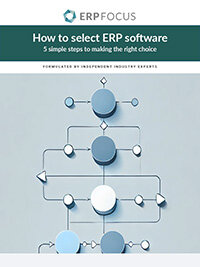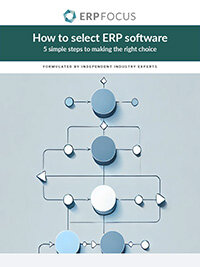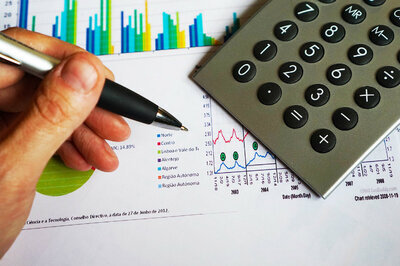6 features to look out for in your next ERP BI module
Business intelligence is a key component of every ERP today. Afterall, ERP BI modules provide a set of tools we can use to take transactional records and convert them into valuable information.
1. Decision support
This works two ways. ERP can provide executives with analytical and summarized data to help them make the big picture decisions they get paid for. ERP can also provide BI at all levels to ensure the best choices are made. For example, when a shop floor user completes an operation on a current job, they have to select what to start next. BI can help by looking at work already at the station and prioritizing the most urgent task to begin.
2. Queries and linked tables
A query is at the root of most business intelligence. Within a query, ERP selects tables that have the data, filters out unwanted data, performs Boolean calculations and derives the requested information. All records of a certain kind will be in a table. Within a table are fields. Index fields are those designed for faster search and identification. Multiple tables can be linked when there are common fields in each table.
Recommended reading: ERP selection survival guide - 10 steps to selecting the best ERP for your business
3. Charting tools
Business intelligence often becomes more valuable when it is shown in a graphical format as a chart in addition to the text and number format of the raw data. This graphical presentation helps present trends and the relative value of certain data compared to another set. Neither charts nor raw data provide a “better” format, some audiences prefer a chart and others prefer to look at the numbers. ERP BI modules should accommodate this variation.
4. Dashboards
ERP dashboards are a presentation of business intelligence in a standardized format for a particular individual, user or business. Dashboards are often configurable allowing managers to select the key performance indicators for their department. These can be refreshed in real time throughout a day or periodically refreshed. By selecting measurements from the same ERP database, all viewers of different dashboards will gauge business performance from the same data set.
5. Scorecards
Another common way ERP BI modules present data is as a scorecard. The presentation could be bookings per day compared to a budget. It could be bookings in one division compared to bookings in another division. Users can “keep score” of their business activities in a similar way to keeping score in a ball game. This simplified and gamified version of the more complex dashboard are often applicable on the shop floor where the need for instant access to one or two metrics is more important than an overview of the whole business.
6. External integrations
The majority of our business intelligence comes from ERP but it can also be integrated with outside data as well. Machine efficiency might come from data within a machine and be integrated with output data from the ERP. The value of a business from the financial statements might be compared with the Dow Jones or other market indicators.
Free white paper

How to Select ERP
Learn to select your ERP in 5 easy steps by following our expert's advice

Related articles
-

How better visibility into operations improves the bottom line
How ERP data visualization can reduce errors and lead to increased customer satisfaction
-

CMMC Compliance: What Aerospace and Defense Manufacturers Need to Know
Key insights on CMMC compliance, deadlines, and securing DoD contracts with CMMC 2.0 certificatio...
-

Three misconceptions about ERP metrics
Which ERP metrics should you measure, and how can you use them to tell whether a system is succes...

